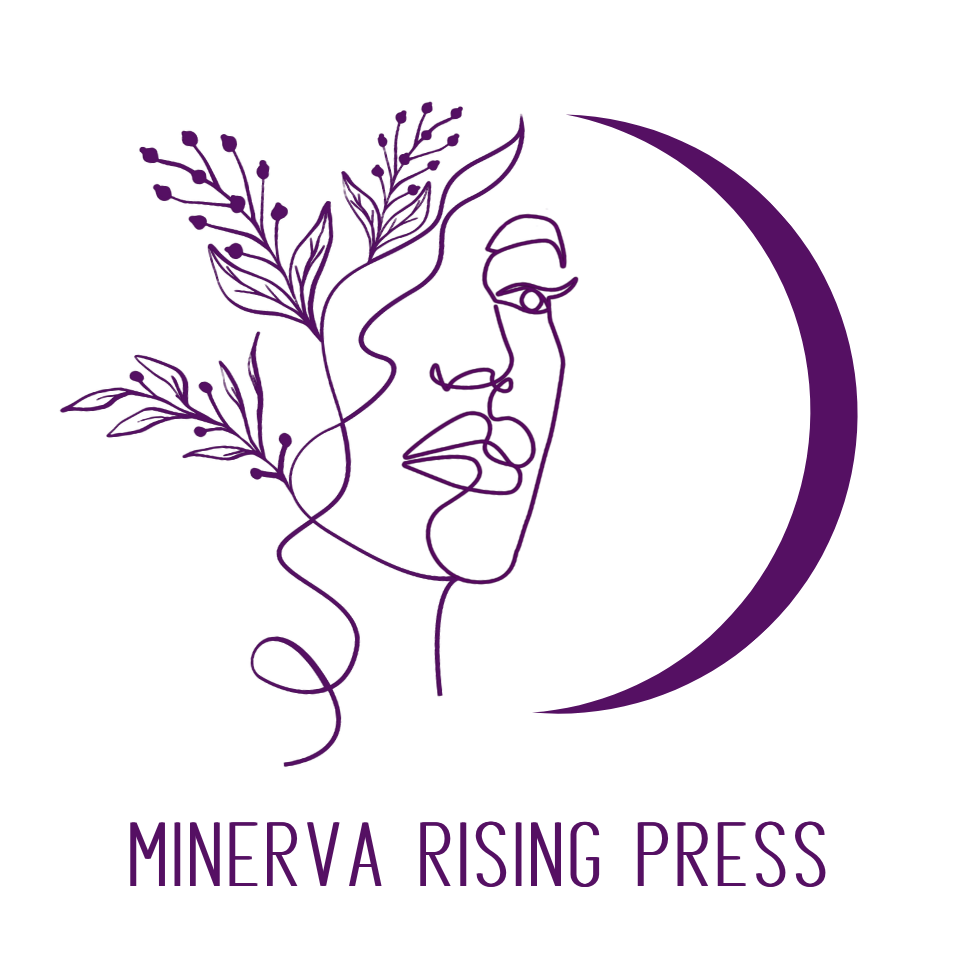In poetry, a landscape is never only outer, it is also a portrait of a state of soul. . . We begin to find in poems a way of entering both language and being on their own terms. Poetry leads us into the self, but also away from it. -Jane Hirschfield, Nine Gates: Entering the Mind of Poetry
In my yoga classes, I teach Gate Pose early and often. Its benefits are manifold and can be reaped by beginner and master alike. Like many yoga poses, through simple movements and the intrinsic connection between body and breath, it accomplishes deep results.
To begin Gate Pose, or Parighasana the yogi kneels on one knee and extends the other leg out long to the side. The hand on the same side of the outstretched leg touches the outer side of that shin, while the opposite arm stretches up, and the whole torso leans toward the straight leg. The pose creates a powerful side stretch that increases energy flow, creates space between the ribs, opens the heart and provides the spine a new shape from which to develop strength and flexibility. Simple, graceful, and inviting, just as a gate should be.
A gate is not a door, flush to the walls that flank it on either side. Nor is it a window, offering an alluring view but no entry. A gate provides not only a visual clue to what lies beyond but an actual way to cross over into that interior space. A gate beckons, says, I am the preferred way in, but not the only way. You could come in by going around, or climbing over, but I am here to make your entrance easier. Swing me on my hinges, see how I open, and usher you through.
A gate may be seen as a barrier, but more often it is seen as an enticement. An opening into a sanctuary, an area set apart from the main thoroughfare, a designated grounds for rest, play, observation or meditation. And once we open a gate, we can hardly resist but to pass through it to experience what’s on the other side.
For these reasons, Parighasana sets the tone for the rest of the yoga practice, or for what happens once the yogi steps off of her mat. We open our yogic gate and prepare to pass through it to a secluded place of tranquility; once we create that place within ourselves, we become the very gate we framed with our bodies. A good yoga practice ushers us into new psychic spaces where we can create positive mindsets and ways of being — with openness, strength and flexibility to carry us through the busy byways of the world.
Our writing too, can be a gate. Each word we put down on paper is not the only way in (to the mind of writer as well as reader) at the exclusion of all others, but it is one preferred way in. Our writing prepares an entryway into landscapes rich with memory, human connection, meaning, language and being. Our writing gates are ways of entering experience and self. Our writing gates invite our reading audiences into that sacred space that is our private soul made public.
Hirshfield was referring specifically to poetry as a guide into one’s self, but any type of writing that is undertaken with passion and purpose can lead its writer on a journey of self-discovery. She also said that poetry (substitute your genre here) can also lead one away from self. She went on to say, in “Poetry and the Mind of Concentration”, one of the nine essays that comprise the book from which this quote was taken,
Transparency is part of what we seek in art, and in art’s mind of concentration that is both capacious and focused. Free to turn inward and outward, free to remain still and wondering amid the mysteries of mind and world, we arrive, for a moment, at a kind of fullness that overspills into everything. One breath taken completely; one poem, fully written, fully read – in such a moment – anything can happen. The pressed oil of words can blaze up into music, into image, into the heart and mind’s knowledge. The lit and shadowed places within us can be warmed.
So here we stand at the gateway into a new year tantalizing with shiny promise and burning with the pressed oil of all our words waiting to be written. A new year ahead offers us an opportunity. We hold the keys to our own gates. Let us open the Gates to our Selves in 2014 and arrive at the “kind of fullness that overspills into everything”. Let us create, with our words, sacred gates and allow them to be the preferred way in to – and back out of – ourselves. And let us leave them standing wide and unlatched, an open invitation for others to enter into the passionate, purposeful state of our souls.


